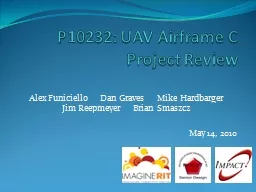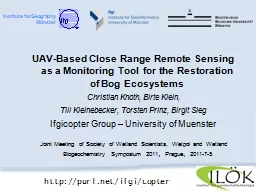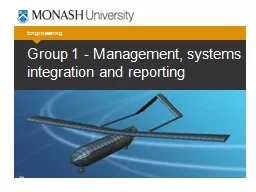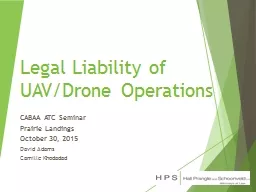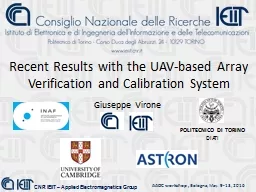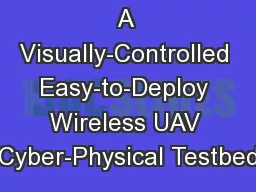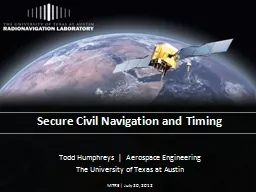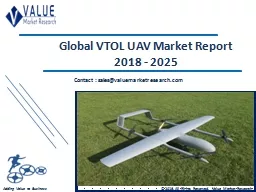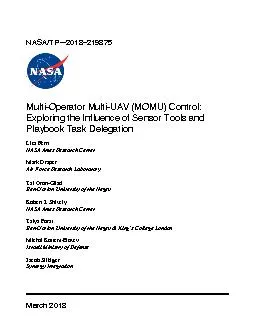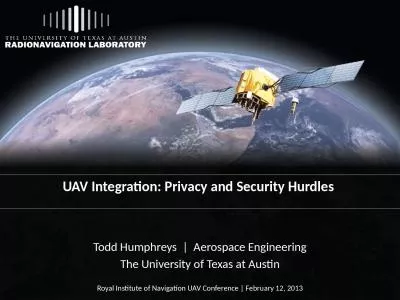PPT-P10232: UAV Airframe C
Author : tatyana-admore | Published Date : 2017-11-19
Project Review Alex Funiciello Dan Graves Mike Hardbarger Jim Reepmeyer Brian Smaszcz May 14 2010 Agenda Project Overview Customer Needs Airframe C spec sheet
Presentation Embed Code
Download Presentation
Download Presentation The PPT/PDF document "P10232: UAV Airframe C" is the property of its rightful owner. Permission is granted to download and print the materials on this website for personal, non-commercial use only, and to display it on your personal computer provided you do not modify the materials and that you retain all copyright notices contained in the materials. By downloading content from our website, you accept the terms of this agreement.
P10232: UAV Airframe C: Transcript
Download Rules Of Document
"P10232: UAV Airframe C"The content belongs to its owner. You may download and print it for personal use, without modification, and keep all copyright notices. By downloading, you agree to these terms.
Related Documents

